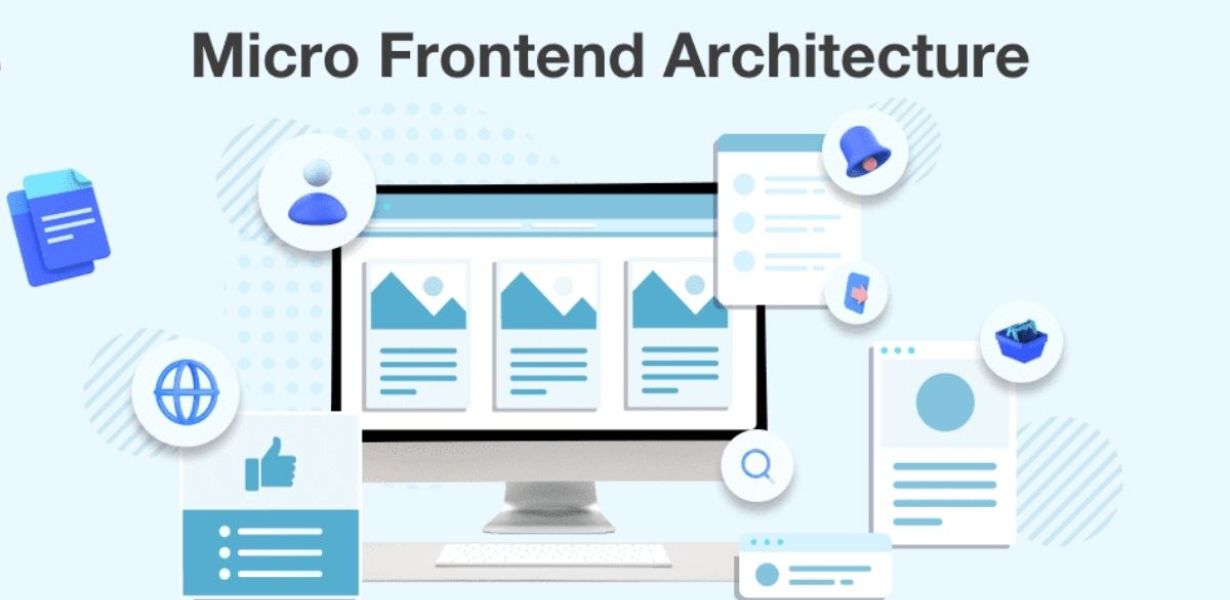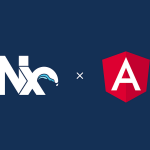
Angular and Micro-frontends: Building Scalable Applications
- Post
- August 7, 2023
- Angular, JavaScript, Web Development
- 0 Comments
Welcome to our comprehensive guide on building scalable applications using Angular and Micro-frontends. In today’s fast-paced digital era, software applications are becoming increasingly complex, and the need for scalable solutions is more significant than ever. Angular, a popular JavaScript framework, and Micro-frontends, an architectural approach, offer a powerful combination to address scalability challenges and enhance development efficiency.
Understanding Angular and its Advantages
Angular is a robust open-source JavaScript framework developed and maintained by Google. It allows developers to build dynamic, single-page web applications with ease. Angular offers a range of features that make it stand out among other frameworks:
Modularity: Angular promotes modularity, making it easy to organize and maintain code.
Two-way Data Binding: The two-way data binding feature allows seamless synchronization between the model and view, enhancing application performance.
Dependency Injection: Angular’s dependency injection system facilitates better code testing and maintenance.
TypeScript Integration: TypeScript is the preferred language for Angular development, providing strong typing and improved tooling support.
To leverage these advantages fully, developers must familiarize themselves with Angular’s core concepts and best practices.
The Power of Micro-frontends
Micro-frontends is an architectural pattern that allows breaking down a monolithic frontend into smaller, manageable parts. Each micro-frontend is responsible for a specific feature or functionality, promoting independent development and deployment. Some key benefits of Micro-frontends include:
Isolation: Each micro-frontend can be developed, tested, and deployed independently, reducing the risk of affecting other parts of the application.
Scalability: Micro-frontends enable horizontal scaling, ensuring efficient handling of increased user traffic.
Team Autonomy: Different teams can work on different micro-frontends, enhancing development speed and innovation.
Technology Diversity: Micro-frontends support using various technologies, enabling teams to choose the best tool for each specific task.
Integrating Angular with Micro-frontends
Integrating Angular with Micro-frontends is a powerful approach to building scalable applications. Here’s how you can do it:
Creating Independent Micro-frontends
Start by dividing your application into small, self-contained micro-frontends. Each micro-frontend should represent a specific feature or functionality. Consider the following points during development:
Use consistent communication protocols and APIs to enable seamless interaction between micro-frontends.
Deploy each micro-frontend independently, enabling continuous integration and deployment.
Angular as a Micro-frontend
One of the micro-frontends can be an Angular application. Angular’s modular architecture fits perfectly into the micro-frontend paradigm. By encapsulating a specific functionality as an Angular micro-frontend, you can take advantage of Angular’s powerful features while keeping it isolated from other parts of the application.
Orchestrating Micro-frontends
A crucial aspect of the Micro-frontends approach is orchestrating the different micro-frontends to work cohesively. Some common techniques for orchestration include:
Server-Side Composition: Using a backend service to merge micro-frontends before serving them to clients.
Client-Side Composition: Employing client-side JavaScript to assemble micro-frontends into a unified user experience.
Edge-Side Includes: Caching and serving micro-frontends at the edge of the network to improve performance.
Overcoming Challenges with Angular and Micro-frontends
While Angular and Micro-frontends offer numerous benefits, they also present some challenges that developers need to overcome:
Cross-Micro-frontend Communication
Communication between micro-frontends can be complex, especially when they use different technologies. Consider using a shared event bus or a global state management solution to facilitate seamless communication.
Managing Shared Dependencies
As micro-frontends are developed independently, handling shared dependencies becomes crucial. Employing versioning strategies and maintaining a shared library can alleviate dependency management issues.
Consistent Styling and Theming
Maintaining a consistent UI design and theming across micro-frontends is essential for a seamless user experience. Utilize a design system and CSS methodologies like BEM or CSS-in-JS to enforce consistent styling.
Utilizing Angular Material for UI Development
Angular Material is a UI component library developed by the Angular team. It provides a set of pre-built, customizable UI components to streamline frontend development. Some key advantages of Angular Material include:
Material Design: Angular Material follows Google’s Material Design principles, ensuring a consistent and visually appealing user interface.
Accessibility: The components in Angular Material are designed with accessibility in mind, making your application more inclusive.
Responsive Design: Angular Material components automatically adapt to different screen sizes, enhancing the user experience on various devices.
Boosting Performance with AngularJS CDN
To improve the performance and availability of your Angular application, consider using a Content Delivery Network (CDN). An AngularJS CDN can provide the following benefits:
Faster Loading Times: CDNs distribute your application’s static assets across multiple servers, reducing loading times for users in different regions.
Caching: CDNs cache your application’s resources, reducing the load on your server and improving overall performance.
Global Availability: CDNs have servers located worldwide, ensuring your application is accessible to users from different geographic locations.
Final Words
In conclusion, the combination of Angular and Micro-frontends offers a powerful solution for building scalable applications in today’s dynamic digital landscape. By understanding Angular’s features and best practices, and leveraging the power of Micro-frontends, developers can create flexible, modular, and high-performing applications. As you embark on your journey to build scalable applications, remember to address challenges proactively and utilize resources like Angular tutorials, Angular Material, and AngularJS CDNs to optimize your development process.
Commonly Asked Questions
Q1: Can I use Angular with other JavaScript frameworks within the same application?
Yes, you can use Angular alongside other JavaScript frameworks within the same application. Angular provides tools like Angular Elements, which enable seamless integration with other frameworks.
Q2: What are the potential security risks of Micro-frontends?
Micro-frontends introduce additional security considerations, particularly in terms of cross-micro-frontend communication. Employing proper security measures, such as strict data validation and authorization, is essential to mitigate risks.
Q3: How does Angular compare to React and Vue.js?
Angular, React, and Vue.js are all popular JavaScript frameworks, each with its strengths and use cases. While Angular provides a complete solution with robust features, React and Vue.js are more lightweight and offer greater flexibility.
Q4: What is the best approach to handling shared state in a Micro-frontend architecture?
For shared state management in Micro-frontends, consider using state management libraries like Redux or NgRx. These libraries facilitate centralized state management and communication between micro-frontends.
Q5: Can I mix different versions of Angular within a Micro-frontend application?
Using different Angular versions within the same Micro-frontend application can lead to compatibility issues. It is best to keep all micro-frontends on the same Angular version for seamless integration.




